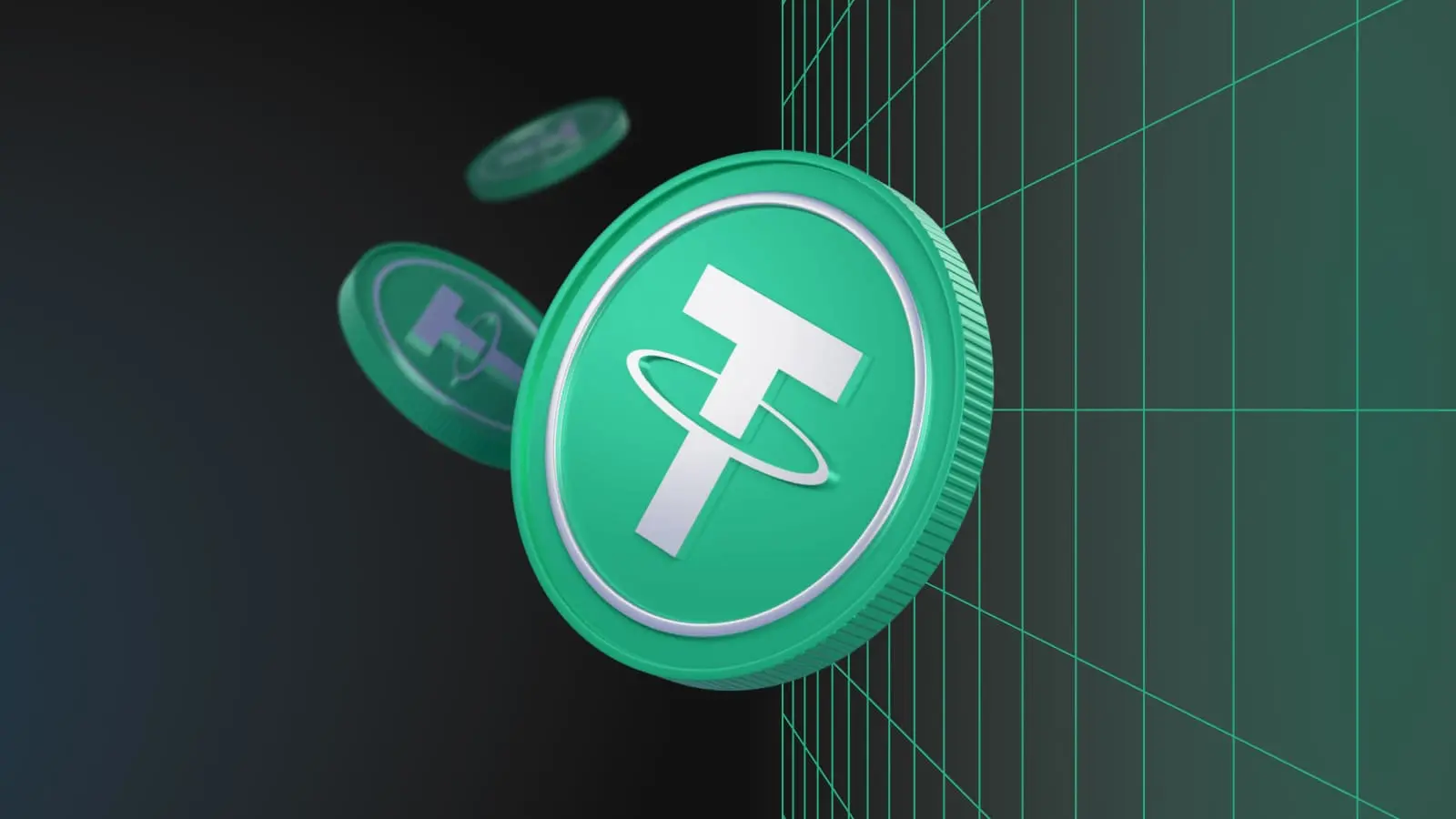Tether’s flagship stablecoin, USDT, is now facing potential exclusion from the European market following the full implementation of the EU’s Markets in Crypto-Assets (MiCA) regulation. The sweeping rules, which came into force on December 30, 2024, introduce strict requirements for stablecoin issuers operating in the region.
MiCA mandates that stablecoins must be issued by licensed electronic money institutions or credit institutions to remain listed on exchanges within the EU. Under MiCA regulations, issuers must demonstrate full reserve backing and secure transparency through audit processes while maintaining most of their reserves under EU-authorized banking systems. The strong requirements enacted by regulators pose major obstacles for Tether to satisfy them.
Also Read: Cardano Whales Buy 410M ADA as Price Eyes Breakout Amid Market Slump
Tether’s regulatory requirements for the MiCA license remain unfulfilled in May 2025. The company remains silent about official steps to achieve compliance. Several exchanges have initiated protective measures because of increasing skepticism among industry analysts. In December 2024, Coinbase Europe removed support for USDT, while Binance will implement restrictions for European Economic Area users accessing the token.
Crypto.com has restricted its USDT services, yet other platforms, including Kraken and Bybit, maintain cautious approaches toward the token. The decisions made by regulators and platforms show their increasing confusion regarding the developing legal system.
Exchanges Act as MiCA Reshapes Stablecoin Compliance
Tether has publicly criticized MiCA’s reserve rules, with CEO Paolo Ardoino warning that forcing reserve holdings into European banks creates unnecessary risk and limits operational flexibility. Tether reports that a significant portion of its reserves—over 80 percent—remains in U.S. Treasury securities and similar cash equivalents.
ESMA recently explained stablecoins, which created additional confusion. Non-compliant stablecoin trading is prohibited, yet no explicit prohibitions exist for custodial services and transfers. The unclear regulation area creates uncertainty for exchange operations and user activities.
StablR is a company backed by Tether that produces MiCA-compliant digital currencies, USDR and EURR. The company continues expanding into Asian and Latin American markets since these regions maintain lax regulatory standards, and the European Securities and Markets Authority continues assessing the situation.
Implementing MiCA creates significant challenges for USDT’s ability to operate within European markets. Tether faces increasing regulatory scrutiny because European exchanges must comply with new protocols or face possible network bans throughout the European market.
Also Read: SEC to Decide on Litecoin ETF by May 5 — Could This Be the First Altcoin Win?

